By Steven Weingartner
When Lt. Cmdr. Matsuo Fuchida, commander of the Japanese strike force at Pearl Harbor, arrived over the naval base on the morning of December 7, 1941, the sight that greeted him—enemy battleships resting placidly at anchor—put him in mind of an earlier war. Have these Americans never heard of Port Arthur? he thought, just before sending an encoded radio transmission (Tora! Tora! Tora!) informing his superiors that Japan had achieved surprise at the beginning of this war as well.
Military historians analyzing the Pearl Harbor operation in the larger context of a “Japanese way of war” owe Fuchida a debt of gratitude for his observation. In referencing the incident that kicked off the Russo-Japanese War of 1904-1905, Fuchida greatly simplified the historians’ job of establishing historical links needed to legitimize and explain the idea of a Japanese way of war. Nevertheless, the Port Arthur-Pearl Harbor analogy is pretty obvious, so much so that Fuchida’s acumen would be open to question had it escaped his notice. But here the obvious tends to obscure what is truly important. Port Arthur specifically, and the Russo-Japanese War generally, presage Pearl Harbor and the Pacific War in ways that Fuchida (and most historians) failed to detect. Fuchida is to be pardoned for this failure: he was, after all, busy at the time. Otherwise it might have occurred to him to ask the same question from the Japanese perspective: Have we, the Japanese, never heard of Port Arthur? The answer, fully considered, should have given him and his countrymen pause.
First, one must consider the political context of the Port Arthur attack. On February 2, 1904, Vice Adm. Heihachiro Togo, commander of the Japanese battle fleet, received a telegram from his Navy chief of staff informing him that a formal declaration of war could come only after the attack on the Russian naval installation had been executed. On February 6, two days before the attack, diplomatic ties between the two countries were severed, producing a de facto state of war. (Formal declarations of war would not be issued until February 10.) The shooting war actually began in the harbor of Chemulpo (Inchon), north of Port Arthur, at about 2:30 pm on February 7, when Russian gunboat Koreetz exchanged fire with attacking Japanese warships. On the morning of the 8th, Japanese warships engaged and sank Koreetz, cruiser Varyag, and Russian merchantman Sangori in an action that concluded around noon. Togo’s fleet did not strike Port Arthur until about 11 pm that same day, more than 12 hours after the first major naval engagement of the war and some 19 hours after the first shots had been fired.
Hence the operation at Port Arthur was a tactical surprise but not a diplomatic surprise. When the attack came, the two belligerent nations were in an acknowledged and real state of war.
It is important to grasp that the Port Arthur operation achieved little of substance. Serious damage was inflicted on Russian cruiser Pallada and battleships Retvizan and Tsarevitch; all were grounded, all were raised and repaired and would participate in subsequent engagements with Togo’s ships. The Japanese coup de main failed to deliver the knockout blow they had sought. The Port Arthur squadron survived the Japanese surprise attack, and in so doing helped prolong Russian resistance in the siege that followed, thus extending the war as well. The tactic of surprise had proved to be a nonstarter. Yet it would remain a key element of the Japanese way of war, so much so that it would be elevated from the tactical to the strategic level, becoming a cornerstone of Japanese strategy formulations for the Pacific War of 1941-1945.
A Lack of Prescience
“Rashness in war is prudence,” Admiral Sir John Fisher declared, “prudence in war is imbecility.” This is the sort of oratorical broadside for which Britain’s habitually colorful First Sea Lord (1904-1910) was famous. One scarcely knows what to make of it. When Fisher wanted to make a point he was liable to say anything.
Some paid more attention than others. The Japanese, for instance: Fisher was their prophet of naval warfare, his utterances accepted as gospel. In practice during the Russo-Japanese War the “rashness as prudence” policy provided the Japanese Navy with a measure of overall success. But only a measure: although the defeat of the Tsar’s navy in Far Eastern waters was nearly total, it was not timely and, at Port Arthur, it was not even achieved by the Japanese fleet. The destruction of the Port Arthur squadron was achieved by the Japanese Army, specifically by the Army’s big siege guns. Curiously, the bombardment that ended the squadron’s existence began on December 7, 1904—37 years to the day before Fuchida and his fellow aviators appeared in the skies over Pearl Harbor.
The subsequent annihilation of an entire Russian fleet in the Straits of Tsushima was stunning, and Togo’s maneuverings in the battle could certainly be interpreted as rash. Anyway, by then the war had been pretty much decided. And though Japan was the undeniable victor, the war was not decided entirely in her favor.
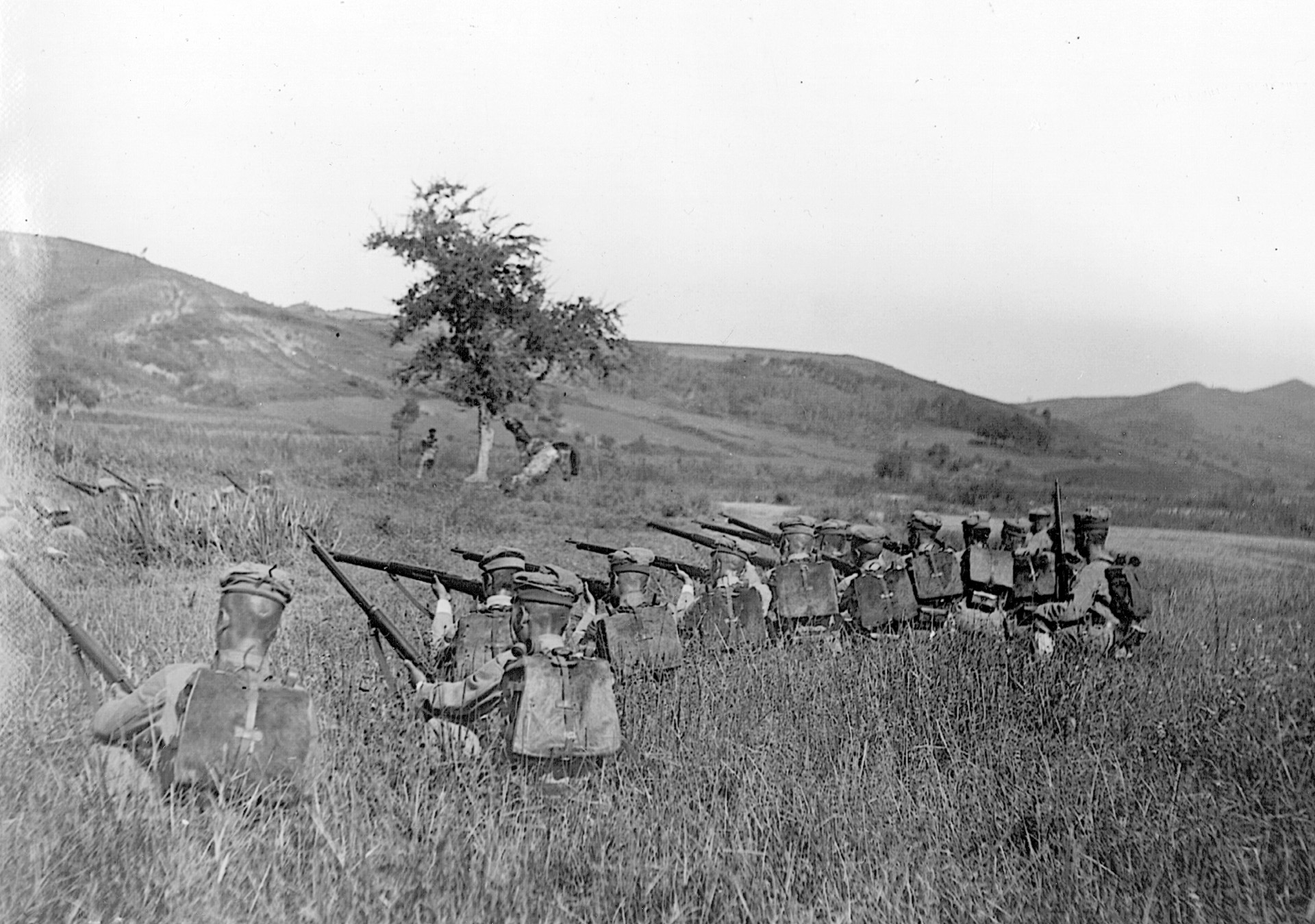
Nor could it be. In Manchuria, of which Port Arthur was a southern port, Japan had won but she had not conquered. By war’s end, her manpower reserves were dwindling; she was running out of materiel (particularly battleships) and money, along with nations and banks willing to provide more of both; and Russian forces in Manchuria remained, quite improbably and despite multiple defeats on the battlefield and revolutionary ferment on the home front, a threat to Japanese interests in Asia.
Here one would point out that the European great powers and the United States were unanimous and quite enthusiastic in their support for Japan; they were all to varying degrees hostile to Russia and quite favorably disposed to the Japanese. In the months leading up to the outbreak of war, Europe and the United States did not even bother to conceal their favoritism: All wanted to see the “plucky Japanese” (an oft-used term at the time) defeat Russia. Indeed Japan would not have dared go to war against Russia unless she had previously secured the approval of the United States and Europe, Great Britain in particular. If Great Britain had told Japan that the latter should forbear from hostilities, there would have been no Russo-Japanese War. But Great Britain was then hostile to Russia and so gave the Japanese the green light.
Given that this was the case, it should come as no surprise that the Japanese obtained much of their wartime financing in the form of loans provided by Kuhn, Loeb, and Company, a New York City banking firm headed by Jacob Schiff. Securing these loans while the war was ongoing was vital for the Japanese, who had run out of money and would have been unable to purchase arms, munitions, and related materiel on the international market without the monies they provided. The Japanese had gone to war in expectation of gaining a swift victory over Russia, despite the fact that nobody ever achieves a swift victory over Russia. They had planned for a short war that would not cost too much. They had neither the resources nor the finances to fight the sort of war in which they soon found themselves embroiled. As it happened, however, Jacob Schiff and his colleagues were Jews who were eager to see the virulently anti-Semitic Russian empire humbled by the Japanese. The Easter Sunday 1905 massacre of Jews in Kishniev (near Odessa), which was conducted by civilians but tolerated by the police, gave the bankers further motivation to provide additional funding to the Japanese, even though it was obvious that Japan would have a hard time making good on the loans. When the funding dried up, the Japanese sought an end to the war.
Why did the funding dry up? Because the Japanese were not achieving decisive results in Manchuria, such results being the condition for securing further loans. One may well argue that Russia would have won the war had it continued for another six months. The military situation in Manchuria was turning against Japan and it was only domestic upheavals far to the West in European Russia that prevented the Russian military, which was eagerly disposed to the war’s continuation, from achieving what would have been a decisive victory against the Japanese Army.
The Japanese were quite cognizant of the situation’s grim potentialities. In fact, they had gone to war worried that this was the course it would take, more or less. Just days before the attack at Port Arthur, the Japanese government had arranged for a diplomat to be sent to the United States. And so, even before the outbreak of hostilities, the Japanese were anticipating that they would not win the war decisively, that a negotiated settlement, brokered by President Theodore Roosevelt, would be needed to end the fighting. The diplomat had been sent ahead to represent Japanese interests and otherwise lay the groundwork for a favorable settlement.
When the peace conference convened in Portsmouth, NH, on August 8, 1905, the Japanese were desperate to bring it to a swift conclusion. Of course the terms they received were unfavorable, at least seemingly so to the Japanese in light of what they thought, and what their own propaganda told them was a comprehensive victory against Russia. This prompted bitterness among Japanese military elites and nationalists, who subsequently promoted the canard that they had been ill-served by a willfully malevolent United States.
Coming to terms at Portsmouth, however, may have been the wisest strategic move Japan made in that war. It was predicated by the recognition of eventual failure—the failure to beat Russia decisively. The Japanese knew they did not have the resources to fight a long war against a determined foe and had planned their war-termination strategy accordingly. Japan’s 1941 leadership lacked such prescience. Nor was the option of a negotiated settlement brokered by a Western power available to them. The nations that had been most sympathetic to the Japanese in 1904 (notably, Britain and the United States) became her main enemies in 1941. Unfortunately for Japan, her war-fighting capabilities remained, in relative terms, unchanged from 1905. She still lacked the resources to fight a long war against a determined foe.
The Japanese would not admit to this deficiency. It was more important, in 1905, to claim victory over a Western power. Thus they did not and would not come to grips with fundamental flaws in their thinking about the way wars could and should be fought. A pattern was set: a pattern of rashness as prudence, prudence as imbecility. The Japanese would try it again, first at Peking’s Marco Polo Bridge in July 1937, then at Pearl Harbor in December 1941. The result in the short term would be victory; in the long term, defeat.
Predictions and Pessimism
In the Russo-Japanese War, and again in the euphemistically termed 1937 “China Incident,” and finally in the Pacific War, Japan’s limited resources imposed restrictions on her military strategy, and on the thinking used to devise strategy. Japanese strategy for fighting the Pacific War was worse than unimaginative; it was virtually nonexistent. The Pearl Harbor operation has been often described as a bold and daring stroke. It was not. To be sure, Japanese aviators displayed skill and daring in their actions. And the cross-ocean movement, in secret, of the Japanese strike force was a nervy endeavor, executed to near perfection. But the attack itself was essentially a repeat performance of the 1904 operation at Port Arthur, where tactical surprise was gained and little of substance was achieved.
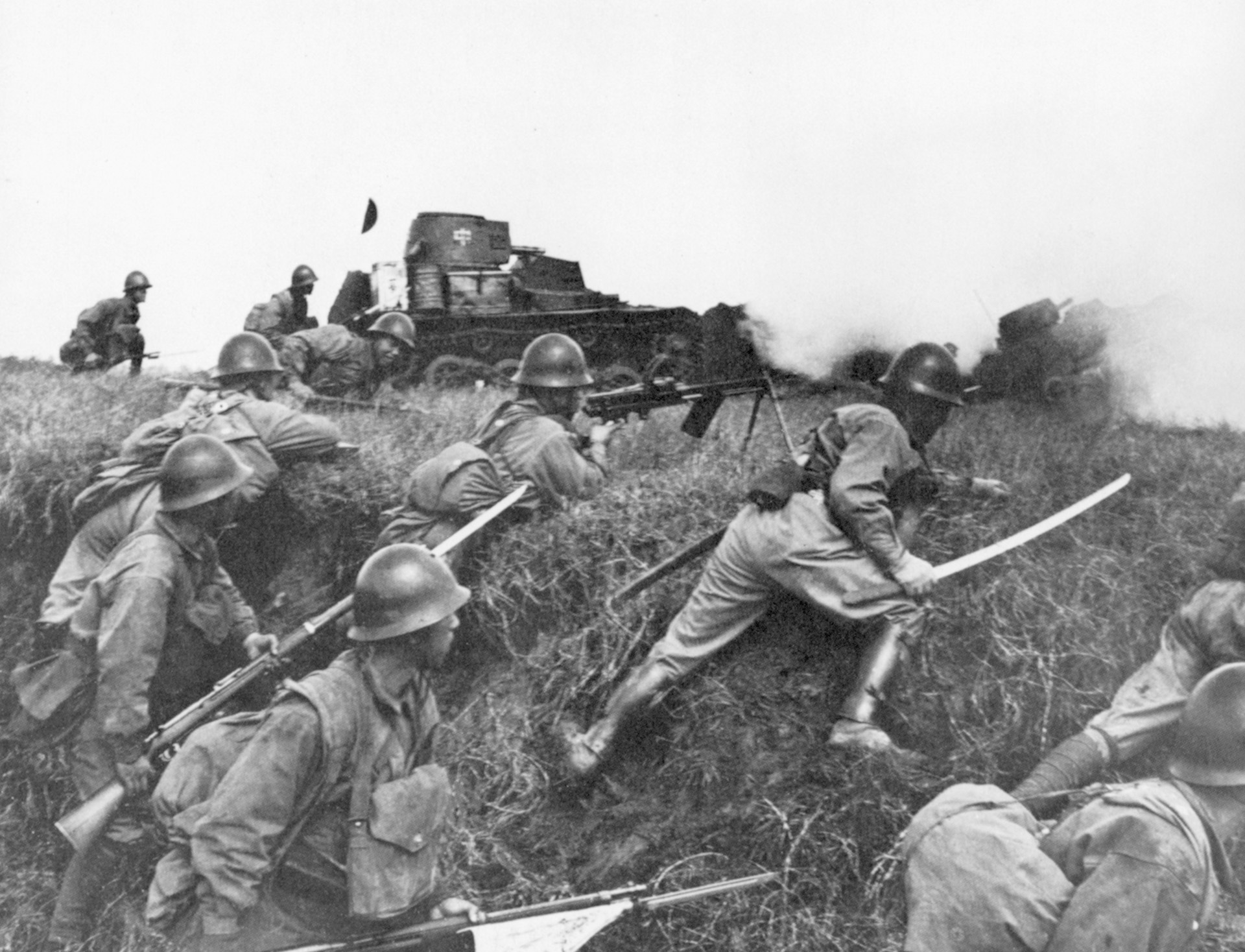
At Port Arthur the Japanese used tactical surprise to achieve what they hoped would be a strategically decisive victory. Pearl Harbor is a different matter. It is difficult to ascertain precisely what the Japanese hoped to achieve with a surprise attack on the U.S. Pacific Fleet. The historical record is not helpful in this regard. Nor could it be. A study of the period and events leading up to the outbreak of the Pacific War reveals no clear sense among the Japanese of the strategic purpose for the attack.
The tactical objectives are not in dispute: The Japanese wanted to sink ships, destroy aircraft and infrastructure, and thereby incapacitate the Pacific Fleet for a limited period, during which they might carry off their conquests of the Dutch East Indies, British Malaya, and the American Philippines with minimal interference from Allied naval forces. But to what ultimate end? The Japanese could not answer this question even to their own satisfaction. Their war aims were uncertain; they were not sure what the war should or could accomplish. They had no real plan for winning the war, much less ending it. Their strategy was tautological: They wanted to fight a war to gain oil in order to fight a war.
That being the case, the Pearl Harbor operation may be seen as little more than a means for the Japanese to effect an advantageous start to the war. In this they were successful, but the advantages gained thereby were not impressive. Two strikes against Pearl Harbor proved insufficient to neutralize American power in the Pacific for an indefinite period. A third strike would have bought more time for the Japanese; but, as British military historian H.P. Willmott has observed in communications with this author, a third strike on December 7 or in the two days following was never seriously contemplated because it was beyond Japanese capabilities:
“Regarding criticism of [the Japanese] for not ordering a follow-up strike against the shore installations of Pearl Harbor,” writes Willmott, “there are three points to be made. First, not enough aircraft were available for a follow-up strike. Second, such a strike was rendered impracticable—consider the question of timing of such a strike in light of the relative lateness of the hour when the Japanese carriers completed the recovery of aircraft and the state of the escorting destroyers with regard to oil. [By then the destroyers would have needed refueling.] Third, and most importantly, despite various claims and the account of proceedings that have been written, a follow-up or third strike was never considered in the Akagi once the recovery of aircraft was completed. . . . The various claims that have been made to the effect that on 8 December 1941 the Imperial Navy had an opportunity, that never again presented itself, to inflict telling strategic damage on the United States by means of a third strike bears precious little accord with the reality of losses incurred in the course of the two attacks of the morning of December 7, 1941. The task force as a whole must have incurred a considerably higher number of damaged aircraft overall.”
According to Willmott, in two strikes the Japanese suffered damage to as many as 112 aircraft, of which 65 were the potent Val dive-bombers. “Given that American antiaircraft fire that greeted the second-wave attack prompted the decision that any follow-up attack [i.e., a third strike] would not include Kate torpedo bombers, the whole question of another attack really must have been problematic. The figures would suggest that 15 Vals were lost and 65 were damaged—from a total of 135. This would mean that the number of aircraft that could have been made available for a third strike would be relatively few.”
At Pearl Harbor the U.S. Pacific Fleet was crippled but the damage to it was by no means irreparable. The Japanese should have known going in that this would be the result: It was one of the lessons they should have learned at Port Arthur. Ships sunk in shallow harbor waters can usually be repaired, refloated, and restored to active duty. (At Pearl Harbor Arizona was the exception that proved the rule: She blew up, probably because a bomb exploded in one of her magazines. Hers was an unusual fate. In the modern era most battleships lost in combat sank without first blowing up.) The lack of intent by the Japanese to launch a third strike indicates both strategic shortsightedness and tactical rigidity. As well it implies a lack of confidence in their ability to achieve their tactical aims. One therefore wonders what, precisely, the Japanese thought to accomplish at Pearl Harbor other than the sinking of some battleships (and, they hoped, aircraft carriers) plus the destruction of a few score aircraft.
At this juncture it is well to recall Admiral Isoroku Yamamoto’s famous prediction about the possible course of the war. On September 12, 1941, Yamamoto, meeting with Prince Fuimaro Konoye (then prime minister of Japan) at the latter’s home in Tokyo, told his host that, in the event of war, Japanese forces could be expected to “run wild for a year or a year and a half.” An optimistic assessment, to be sure. But it came with an ominous disclaimer: “I cannot guarantee anything after that.”
Implicit and obvious in Yamamoto’s remark is a deep-seated pessimism. It would seem that the so-called architect of Japanese strategy feared that the edifice of victory he designed could not withstand the storms of war that would eventually rage against it.
The reason for his pessimism was not apparent in the aftermath of the Pearl Harbor operation. The raid on the naval base posted results that were deceiving to attackers and defenders alike. Initially, the crippling of the U.S. Pacific Fleet, along with the attendant loss of life and destruction or damage to port facilities, aircraft, and assorted materiel, suggested to almost everyone on both sides of the newly begun conflict that the Americans had suffered disaster. Events in the six months that followed seemed to confirm this view—and Yamamoto’s prediction. From December 7, 1941 through May 1942, the Japanese inflicted a series of defeats on Allied forces from the Hawaiian Islands in the east to Burma in the west. Then came the battles of Coral Sea and Midway, reverses in New Guinea, and the American landings on Guadalcanal.
It was much as Yamamoto had foreseen, except that the bad times for Japan began much sooner that he anticipated. By the summer of 1942 he could not guarantee anything and achieved nothing of importance. In April 1943, he was killed when American fighters shot down the bomber in which he was a passenger.
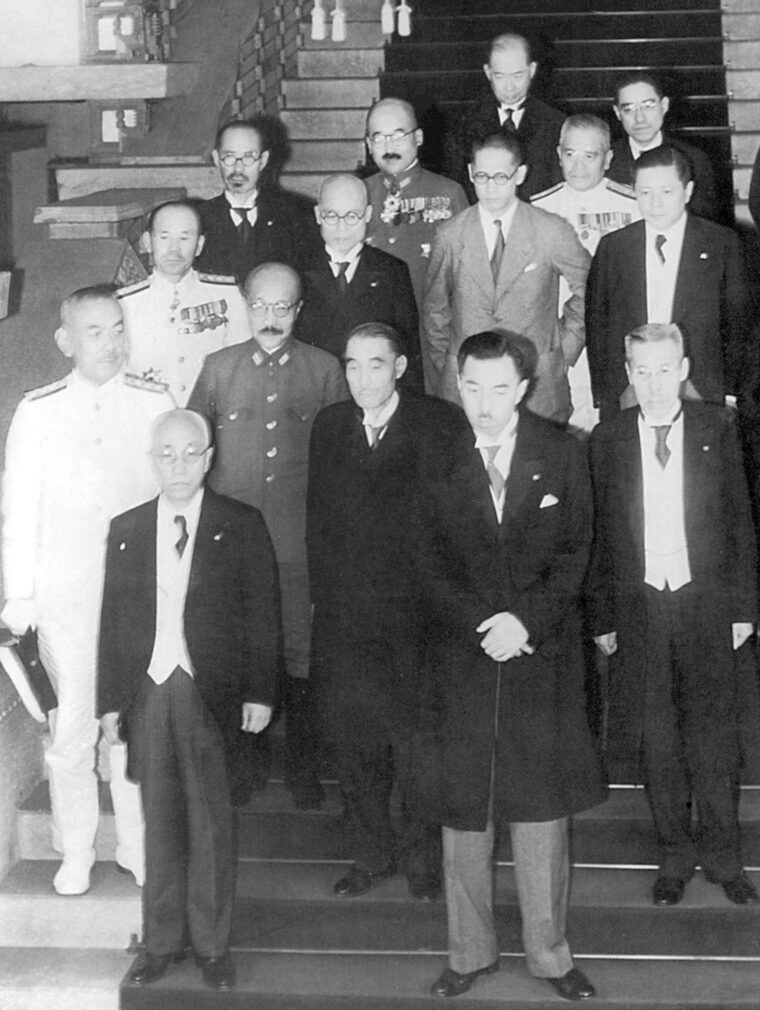
Three Strikes and Out
This brings us back to the subject of the non-occurring third strike at Pearl Harbor. If the Japanese never intended to launch a third strike, even if the opportunity to do so had presented itself and even if a third strike would have yielded important results, then it would seem reasonable to surmise that many of Japan’s military leaders shared Yamamoto’s pessimism, either consciously or otherwise.
The Pearl Harbor operation was an audacious undertaking but evidently the Japanese were not audacious enough. In fact they played things very safe. One might say that their nerve failed them in both the planning and the attack stages of the operation. This seems to be a common theme in Japanese military operations. They often conceived bold and risky operations but did not execute them past a certain point where greater risk would have been encountered and, by the same token, where truly great results might have been achieved.
What did Japanese commanders of the Pearl Harbor force think they had accomplished upon the return of their second wave? Did they really believe they had inflicted a shattering and possibly strategic defeat on the Americans? If so, what was the basis for their belief? And if they were unclear about what they had accomplished, why did they not try to determine the extent of the damage? Did they even consider such an undertaking (presumably through aerial reconnaissance and signals intelligence), or were they so wedded to the notion of “two strikes and out” that they did not give it a first, much less a second, thought? The Japanese did not keep good written records, so it is impossible to answer these questions with certainty.
If, indeed, the destruction of Pearl Harbor’s oil-storage facilities—the presumptive target of a third strike—might have accomplished something on the order of a strategic victory, then it takes one’s breath away to realize that the Japanese war-fighting system was too inflexible to take advantage of the circumstances. One may well regard this inflexibility as a sign or manifestation of pessimism. Yamamoto was not alone in this regard. When one makes reference to a war-fighting system one is talking about the many rather than the few, or the solitary. It is evident that a number of Japanese military and civilian leaders harbored the same or similar forebodings as Yamamoto’s; that the pessimism Yamamoto felt must have been deep-seated and endemic in the Japanese ruling and military castes. So much so that their war plans and the execution of those plans were negatively affected on every level of warfare—the tactical, operational, and strategic.
Yamamoto did not offer a scenario for the latter stages of the war: He did not guarantee anything, neither victory nor defeat. To offer specifics would have been out of character for the Japanese. Such opinions were best expressed elliptically. Which is not to say that Yamamoto was obfuscating. His meaning must have been clear to his peers and colleagues. His prediction was an admission of the likelihood of defeat—a sense that Japan was doomed from the start. His refusal to directly and unequivocally articulate this dire assessment is mirrored on a broader scale by the failure of Japanese military leaders to articulate anything like a strategy for winning the war, much less to adequately prepare for a prolonged conflict.
This is a telling failure, one that reveals much about what could be termed the Japanese way of war. The Japanese knew or suspected before Pearl Harbor that they would enjoy early victory but suffer ultimate defeat. That being the case, the decision to go to war becomes irrational, even insane, and victory at Pearl Harbor becomes the harbinger of disaster, hence an integral part of the catastrophe it helped to create.
The attack on Pearl Harbor had within it the makings of a disaster not for the Americans but for the Japanese. The Japanese went to war like gamblers to a gaming table, willing to bet all their money on a few throws of the dice, knowing that the odds were heavily against them—knowing that, in the end, the house always wins. It is said that compulsive gamblers have a deep-seated desire to lose—that their gambling is an addiction, a sickness, a form of insanity. The same symptoms might well be applied to a description of the Japanese way of war. Pearl Harbor was not the first time the Japanese gambled at war; rather, it marked the beginning of the end of a long string of victories at the roulette wheel of war. In the end, the house always wins: In the Pacific War of 1941-1945, the house won; the gambler was finally busted out.
Racism and the Japanese Way of War
In lieu of strategy the Japanese had racism. The Japanese plan for winning the war was based on a racist assumption; that is, that they would give Westerners (Americans and British especially) and the Chinese such a beating at the start that we would not want to fight on to the bitter end. It thus bears repeating: At its core the entire Japanese plan for fighting and winning the war was based on the assumption of their racial and cultural superiority over Caucasians and Chinese. In particular they were counting on the fact that Americans and their Allies didn’t have the will or the fortitude to further contest the victories the Japanese would certainly achieve in the first six months or so after Pearl Harbor. Whether they truly believed that this would prove to be the case is a question well worth asking but certainly unanswerable. At the risk of indulging in dime-store psychologizing, one might say that they were collectively, as a nation and a people, in a deep state of denial about the true nature of their enemies and how they were likely to react.
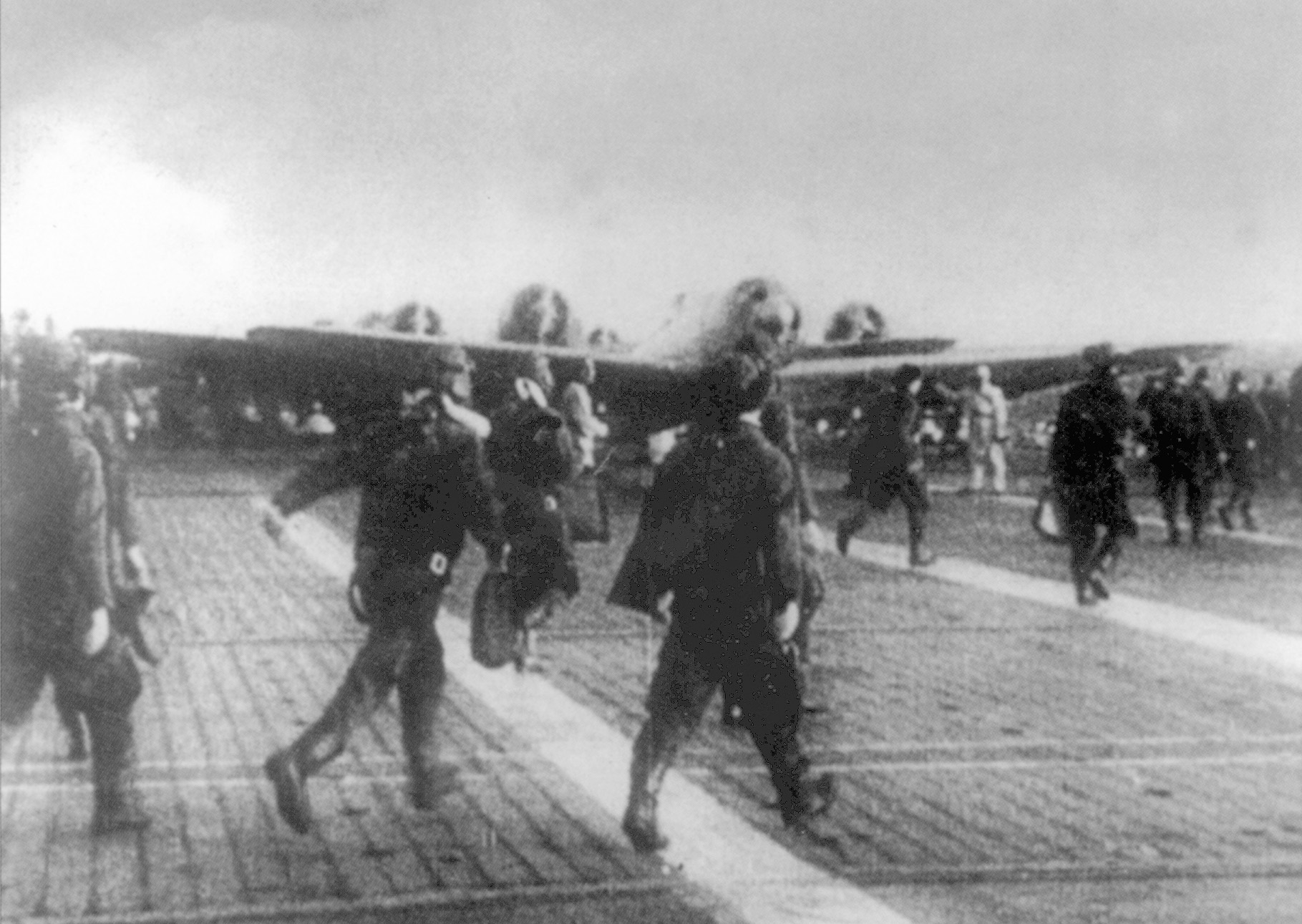
Did this same mind-set also contribute to the failure of imagination evident in their belief that battleships sunk in the shallow waters of Pearl Harbor would stay sunk? Or that the destruction of several score of mostly obsolescent aircraft at Hickham Field constituted a big victory—that American industry could not quickly make good these losses?
H.P. Willmott speculates, purely for the sake of argument, that the Japanese might have achieved better results with a two-strike attack on the shore facilities that would leave the ships untouched. Of course, an untouched U.S. Pacific Fleet would have left the Japanese more vulnerable to a counterstrike. But what if the Japanese had incorporated the expectation and realization of such a counterstrike into their operational planning? In other words, strike first at the base facilities and thereby achieve strategic aims of destroying reserve oil supplies, repair facilities, and the like; then lure the American fleet into open waters and there engage it in a decisive battle employing surface warships and aircraft carriers.
Had the Japanese been truly daring they would have devised a plan to lure the U.S. Pacific Fleet out of Pearl Harbor in order to engage and annihilate it in the old-fashioned and decisive Tsushima-style battle that most senior commanders in the Japanese Navy (and the U.S. Navy as well) truly desired. Was it not prewar doctrine for both Japan and America to decide a war between the two nations with a climactic mid-Pacific fleet encounter? Why did the Japanese not attempt this instead of resorting to the safer course of sinking American ships in the shallows of Pearl Harbor? Can one not surmise that Japanese civilian and senior military commanders lacked confidence in the Japanese Navy’s ability to achieve victory in such a fleet-to-fleet encounter?
Another question bears asking: Why did the Japanese not seek a decisive fleet-to-fleet encounter with the Americans, if not immediately after Pearl Harbor then in the weeks following the attack? A possible answer is that the Japanese themselves, by the temporary damage they inflicted to the Pacific Fleet at Pearl Harbor, ensured that there would not be an American fleet to fight, at least for the time being. But if this were the case, why did they not adopt a forward offensive policy in the Eastern Pacific, that is, in the zone between Pearl Harbor and the West Coast? Why did they not undertake subsequent operations against Pearl Harbor—before Midway? Would not the possible success of such an approach have also led to the isolation and capture of the vital Dutch East Indies?
In sum, one may well ask whether there were alternative strategies that the Japanese might have pursued in the first weeks of the war that would have proved more successful to their war effort in the long run.
The Japanese in the Pacific War have always been portrayed as bold gamblers, yet the truth is they were anything but. They hedged their bets and this trait played a major role in their downfall. Their real recklessness lay in their decision to go to war absent the will to prosecute the war in a manner that would achieve something at least resembling success. Thus, in the final analysis, Pearl Harbor was more of a publicity stunt than a military victory. The aforementioned lack of will is evident in their failure to plan for a third strike. And this failure is in turn emblematic of the bankrupt nature of Japanese war plans and execution. It would seem that deep down the Japanese never believed they would or could win. Underlying their sense of cultural and racial superiority was a sense of inferiority. The war was to be a death ride.
One would therefore contend that the Pearl Harbor operation, a tactical victory with favorable results in the short term, was the beginning of a disaster in the long term: in other words, a disaster in the making. One would further contend that the flawed nature of the Pearl Harbor operation, so reminiscent of previous wars fought by Japan, was symptomatic of the Japanese way of war.
Note: The author wishes to thank H.P. Willmott for contributing his insights, ideas, and information to this discussion. Any flaws in the interpretation of Willmott’s remarks are the fault of the author. Willmott is the author of numerous books on the military history of World War II, notably Empires in the Balance: Japanese and Allied Pacific Strategies to April 1942, and The Barrier and the Javelin: Japanese & Allied Pacific Strategies, February to June 1942.
Steven Weingartner is editor of the Cantigny Military History Series and author and editor of books and articles on military affairs and related topics, including Lala’s Story: A Memoir of the Holocaust (Northwestern University Press, 1997).
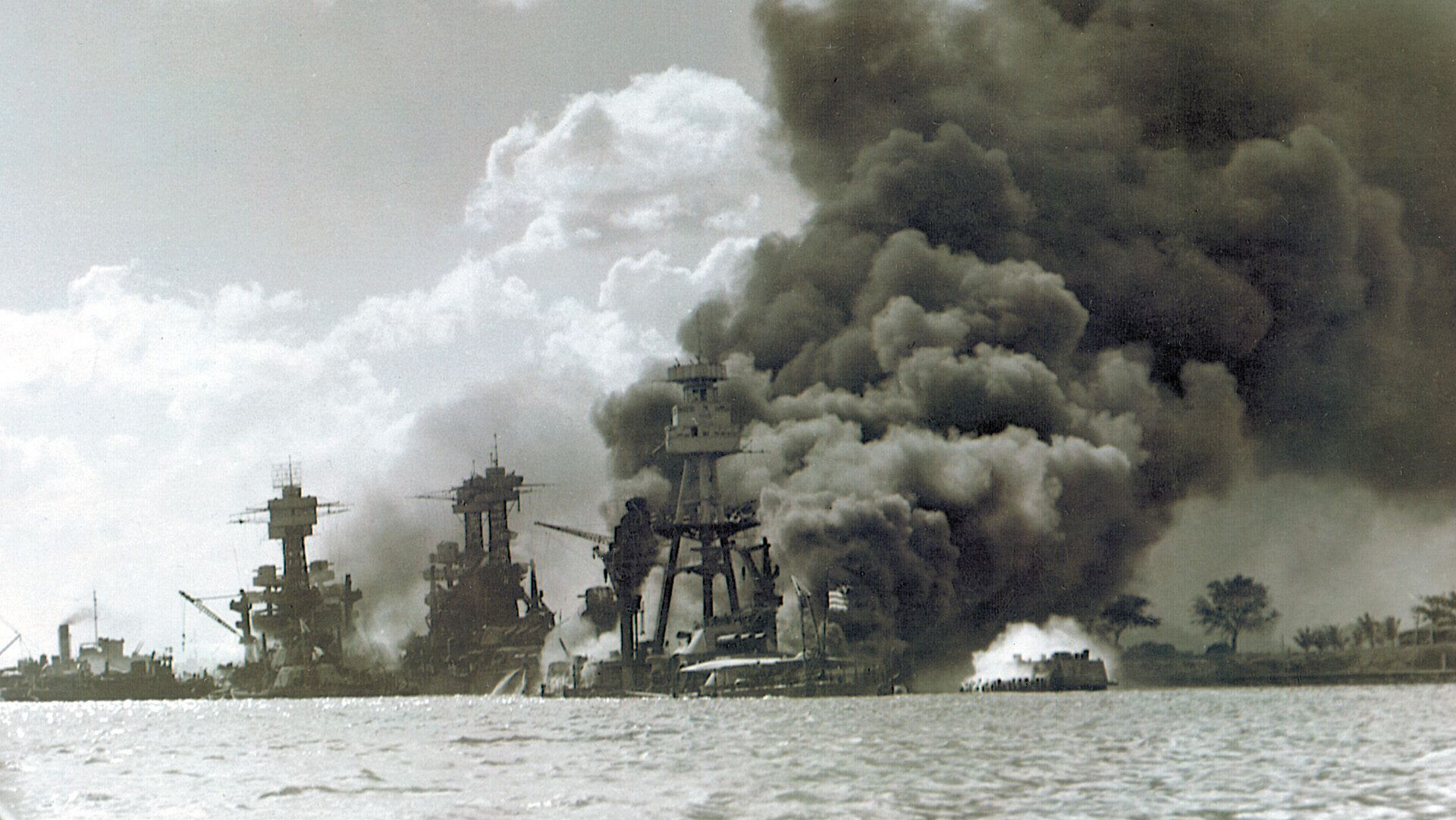
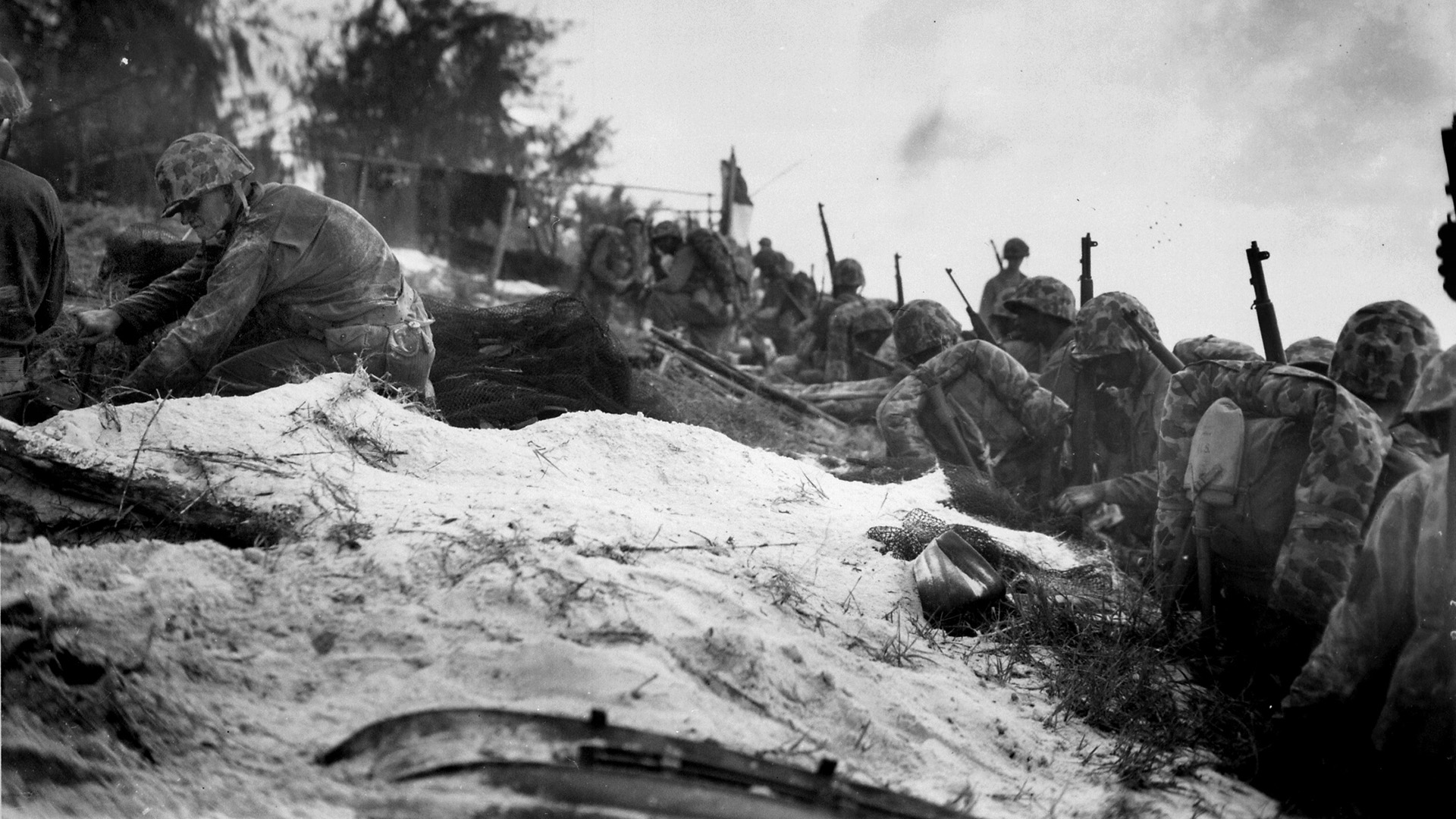
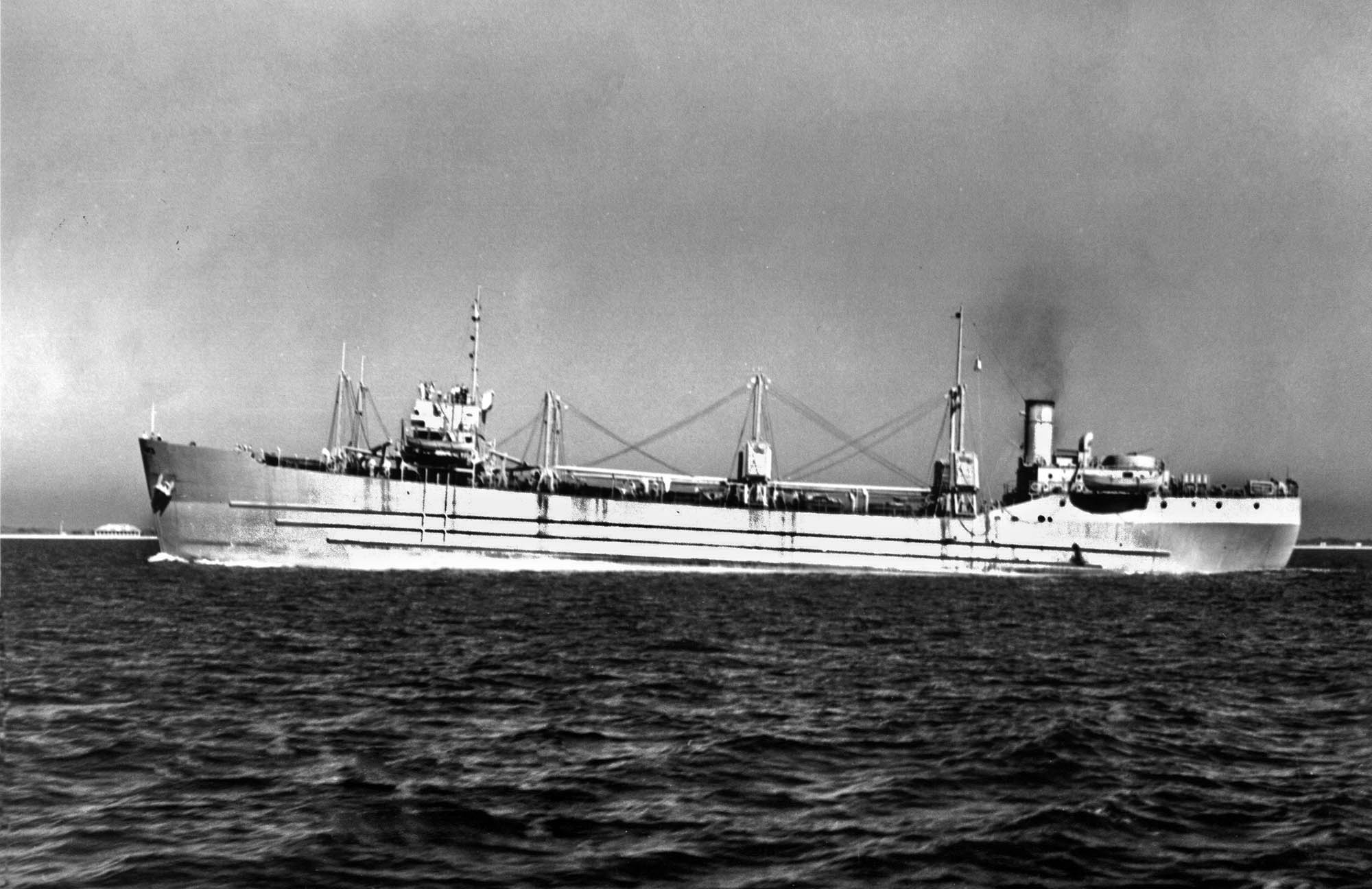
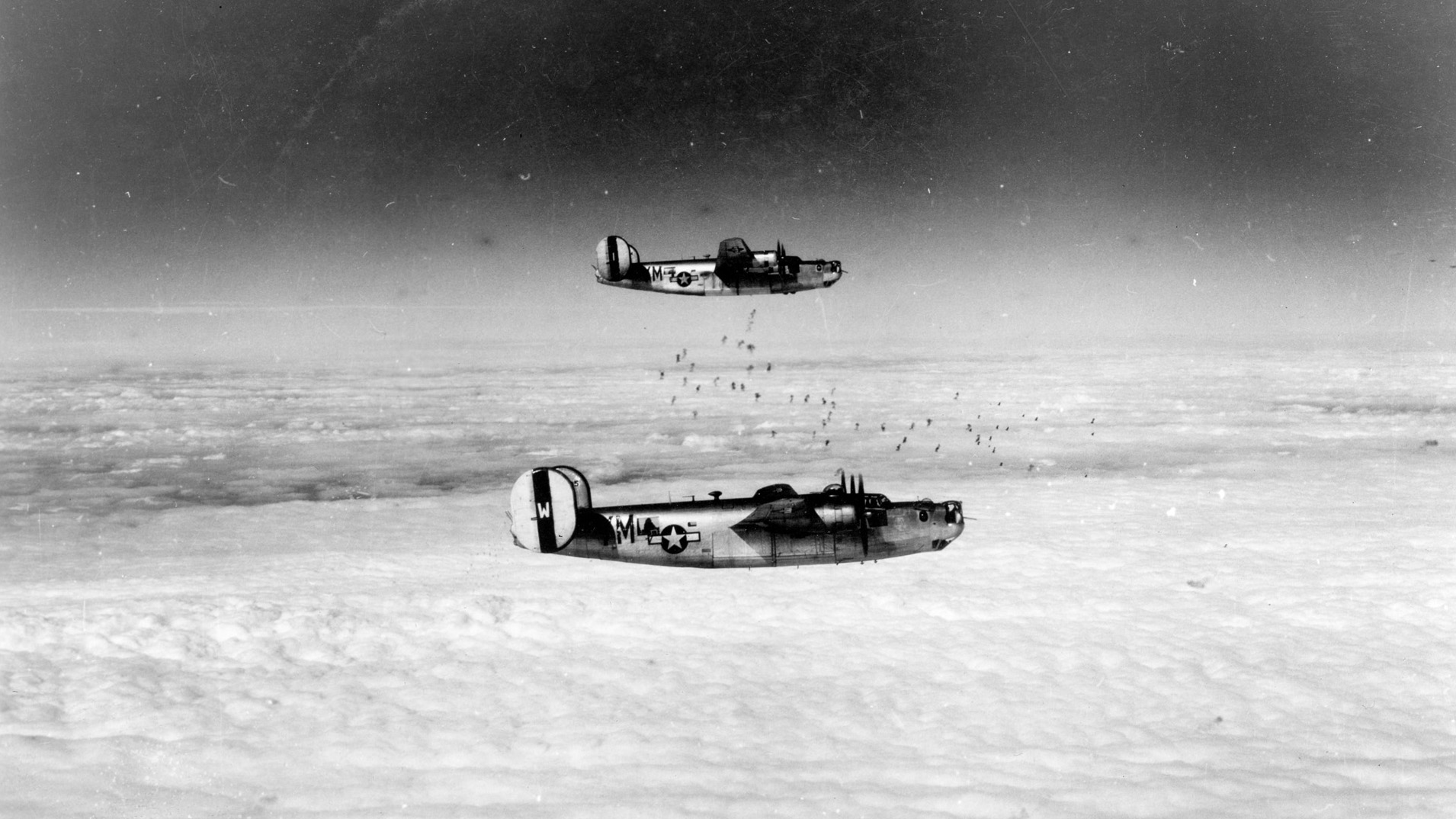
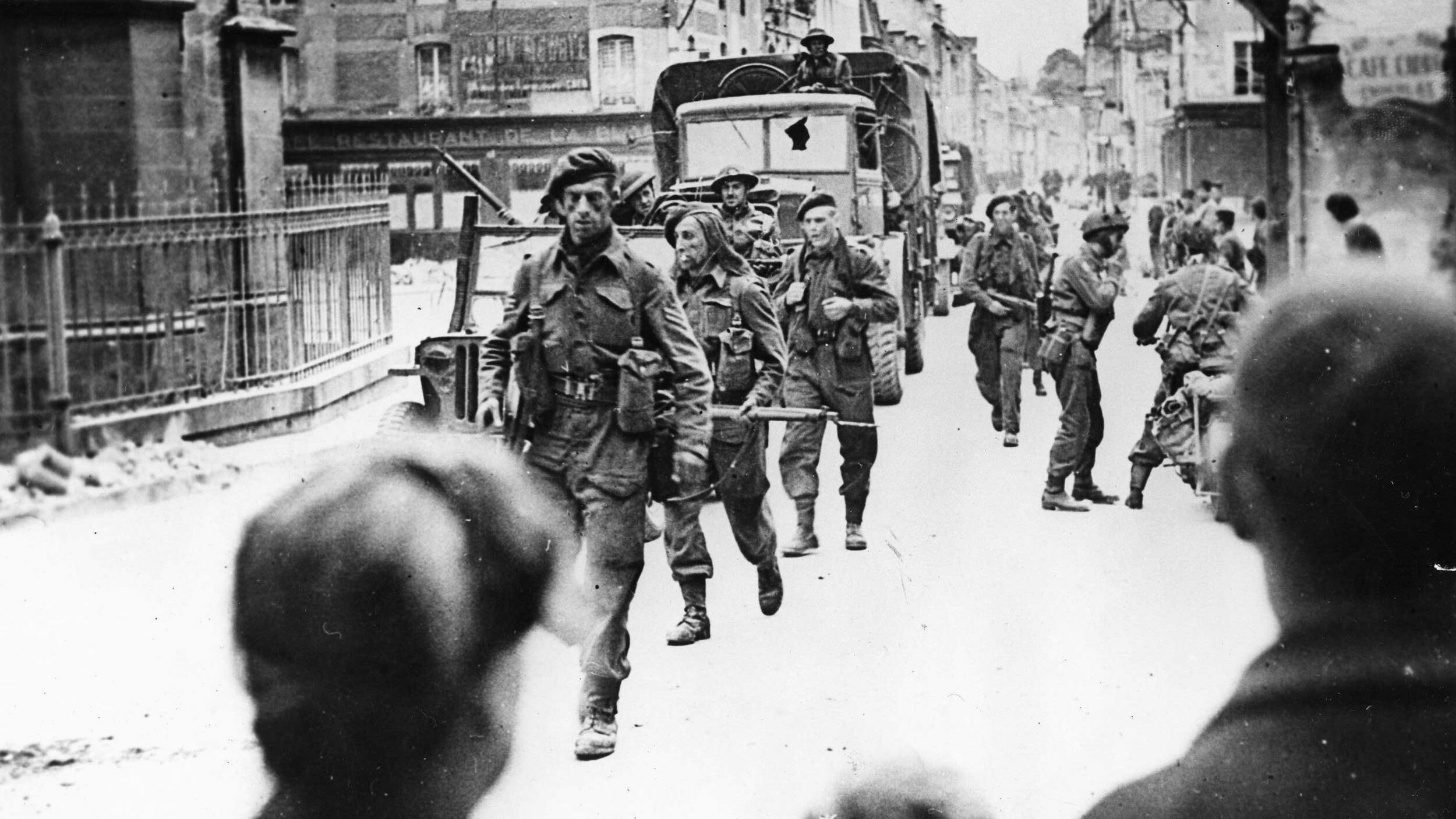

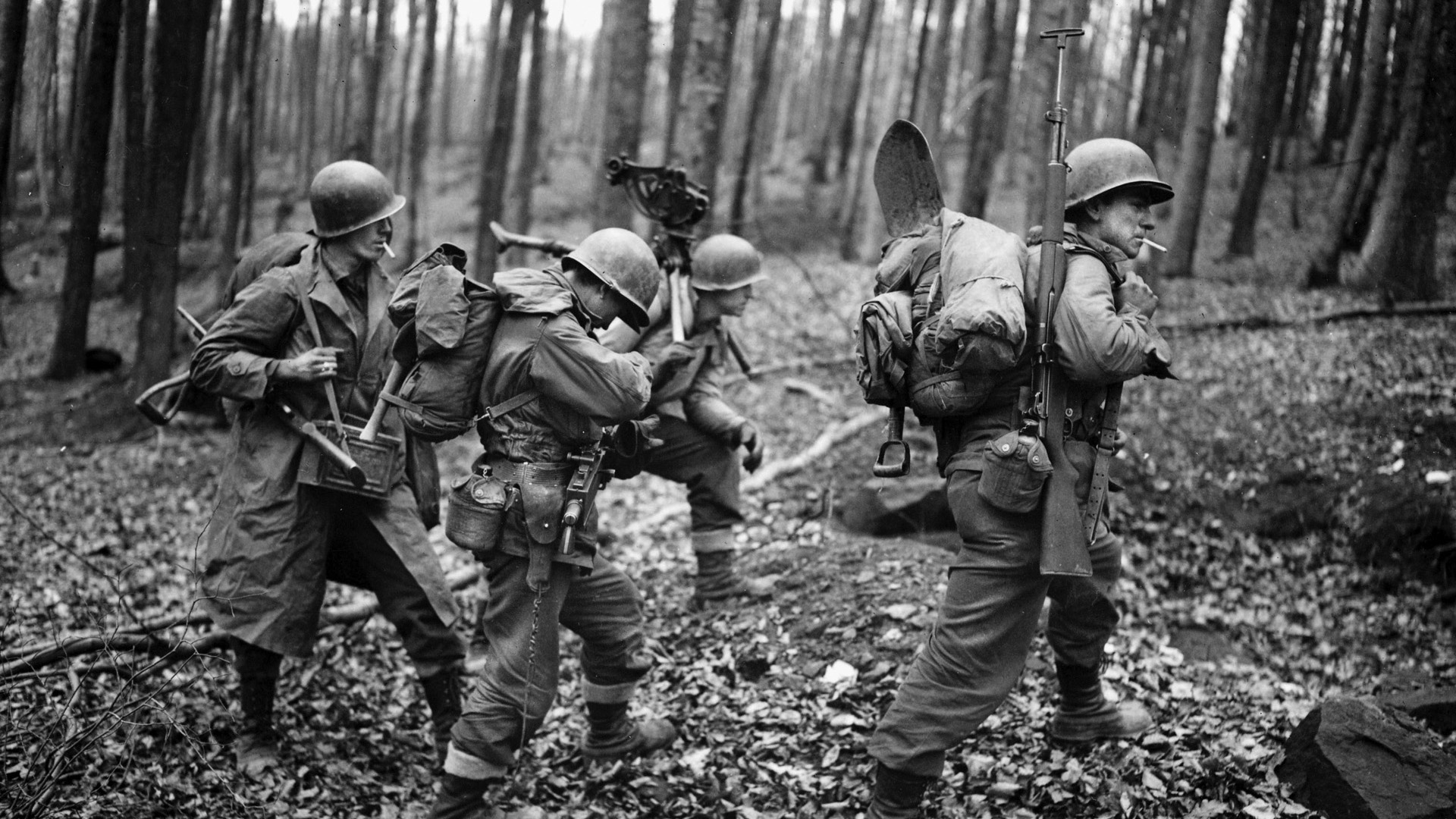
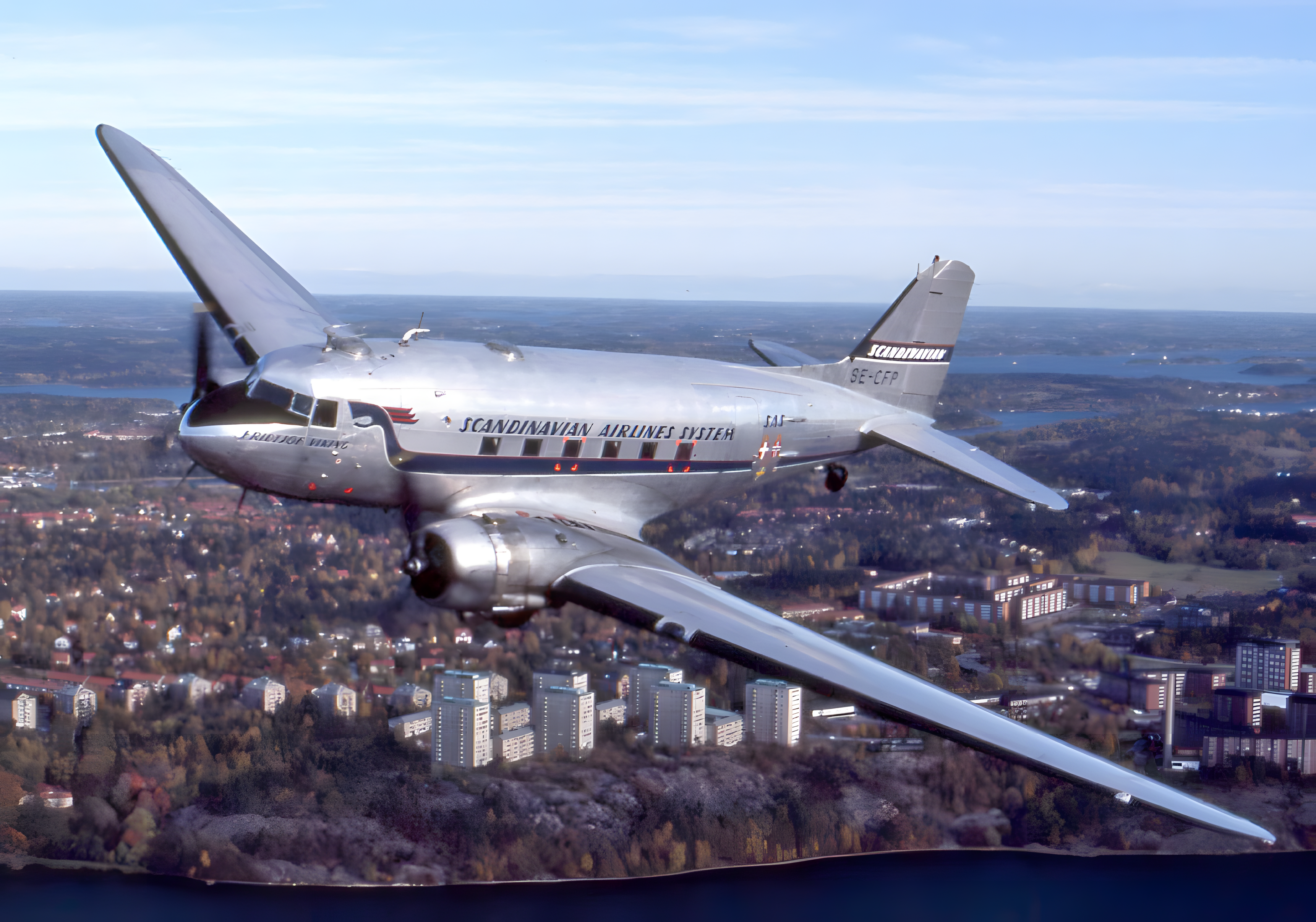
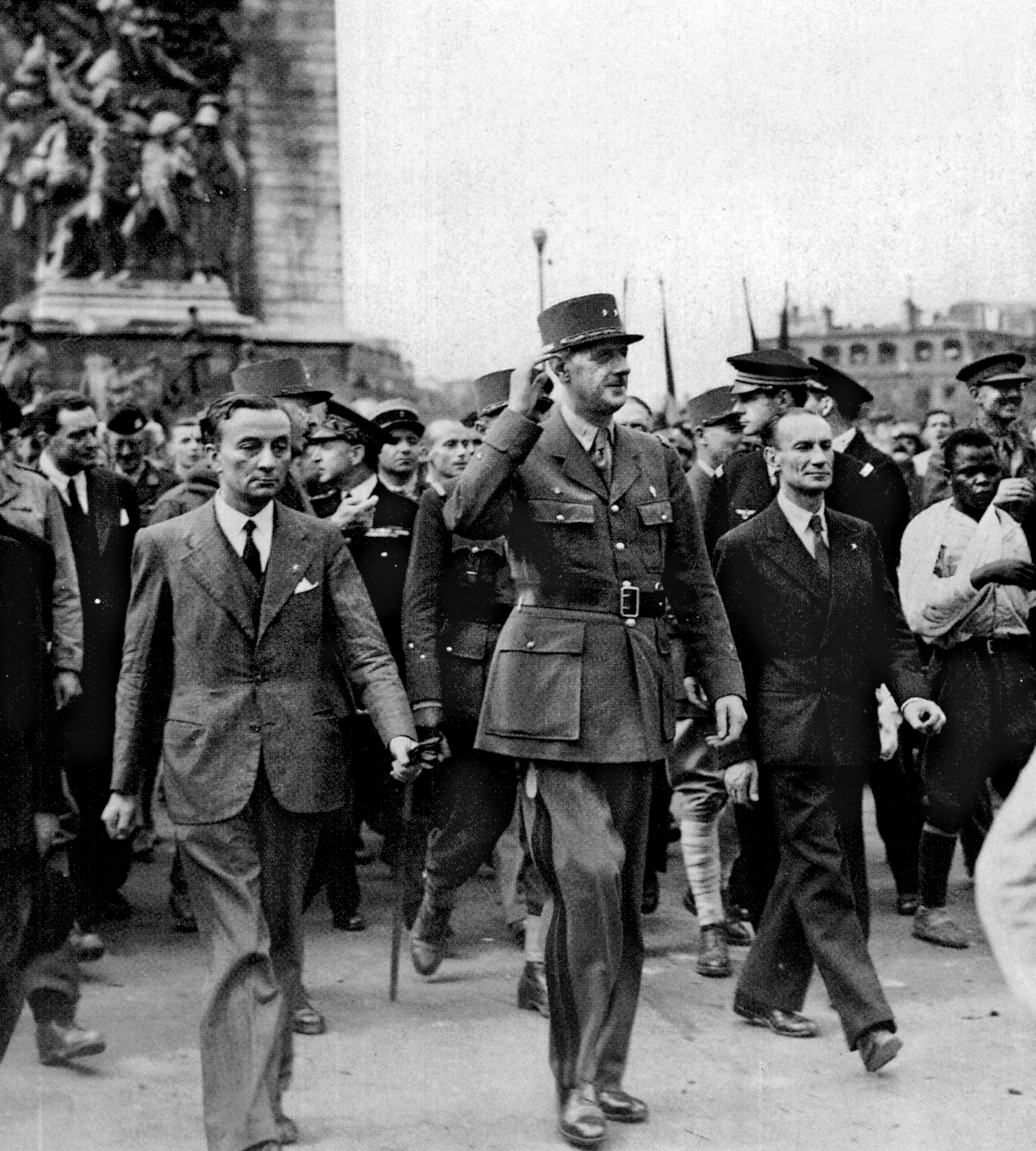
Join The Conversation
Comments
View All Comments